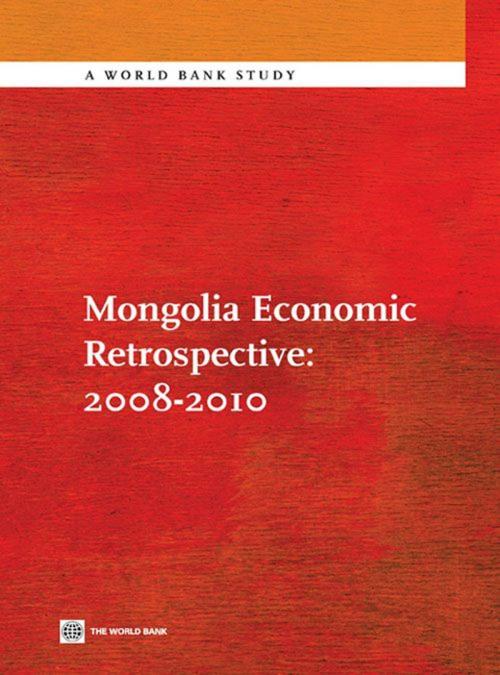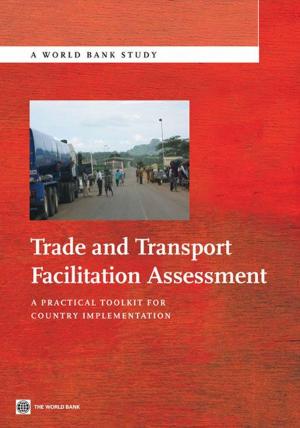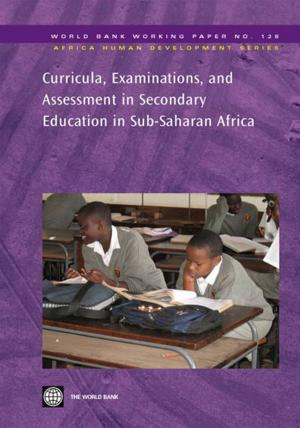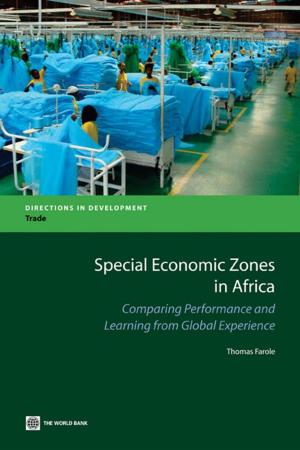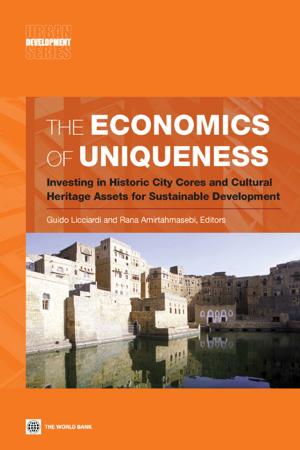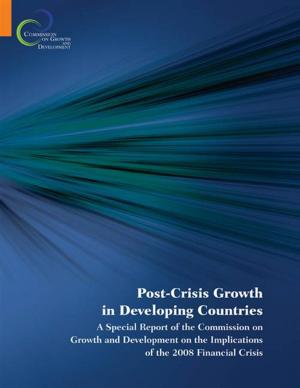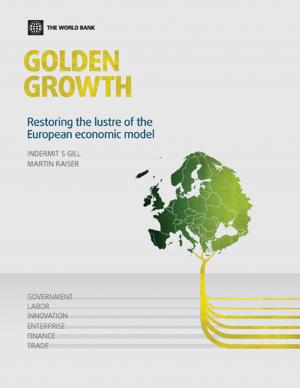| Author: | World Bank | ISBN: | 9780821385487 |
| Publisher: | World Bank | Publication: | September 21, 2010 |
| Imprint: | Language: | English |
| Author: | World Bank |
| ISBN: | 9780821385487 |
| Publisher: | World Bank |
| Publication: | September 21, 2010 |
| Imprint: | |
| Language: | English |
Mongolia was one of the East Asian economies hardest hit by the global downturn, as copper prices collapsed and external demand fell. This Economic Retrospective highlights the key economic, financial and policy developments in the country during the crisis and recovery over 2008 to 2010. In particular, it offers a closer look at the weaknesses in the economic structure and policy environment that lay at the heart of downturn, and which amplified the external shock due to the collapse in global commodity prices from mid-2008. The Retrospective offers valuable insights into how an inappropriate policy mix can culminate in macroeconomic instability. In Mongoliaâs case, a combination of expansive fiscal and monetary policy during the boom years, a de facto peg to the US dollar, and an overheating financial sector triggered a loss of confidence in the banking sector, large reserve losses and deposit flight, and caused a large fiscal and balance of payments shock that necessitated assistance by the IMF and other donors. Although the economy has rebounded since the end of 2009 and the successful negotiation of the Oyu Tolgoi (OT) mining project has helped transform the medium to long-term outlook, there remain sizeable policy challenges. In particular, the looming mining boom brings the risks of âDutch diseaseâ effects and a return to the profligate populism of the past. In the near term significant fiscal financing risks remain until revenues from OT are realized. In particular, this Retrospective discusses the need for continued fiscal consolidation and how the adoption of the planned fiscal stability law should help manage the upcoming mining boom. Meanwhile, ongoing solvency problems in the banking sector need to be resolved quickly and transparently to prepare the sector for the upturn in economic activity.
Mongolia was one of the East Asian economies hardest hit by the global downturn, as copper prices collapsed and external demand fell. This Economic Retrospective highlights the key economic, financial and policy developments in the country during the crisis and recovery over 2008 to 2010. In particular, it offers a closer look at the weaknesses in the economic structure and policy environment that lay at the heart of downturn, and which amplified the external shock due to the collapse in global commodity prices from mid-2008. The Retrospective offers valuable insights into how an inappropriate policy mix can culminate in macroeconomic instability. In Mongoliaâs case, a combination of expansive fiscal and monetary policy during the boom years, a de facto peg to the US dollar, and an overheating financial sector triggered a loss of confidence in the banking sector, large reserve losses and deposit flight, and caused a large fiscal and balance of payments shock that necessitated assistance by the IMF and other donors. Although the economy has rebounded since the end of 2009 and the successful negotiation of the Oyu Tolgoi (OT) mining project has helped transform the medium to long-term outlook, there remain sizeable policy challenges. In particular, the looming mining boom brings the risks of âDutch diseaseâ effects and a return to the profligate populism of the past. In the near term significant fiscal financing risks remain until revenues from OT are realized. In particular, this Retrospective discusses the need for continued fiscal consolidation and how the adoption of the planned fiscal stability law should help manage the upcoming mining boom. Meanwhile, ongoing solvency problems in the banking sector need to be resolved quickly and transparently to prepare the sector for the upturn in economic activity.
